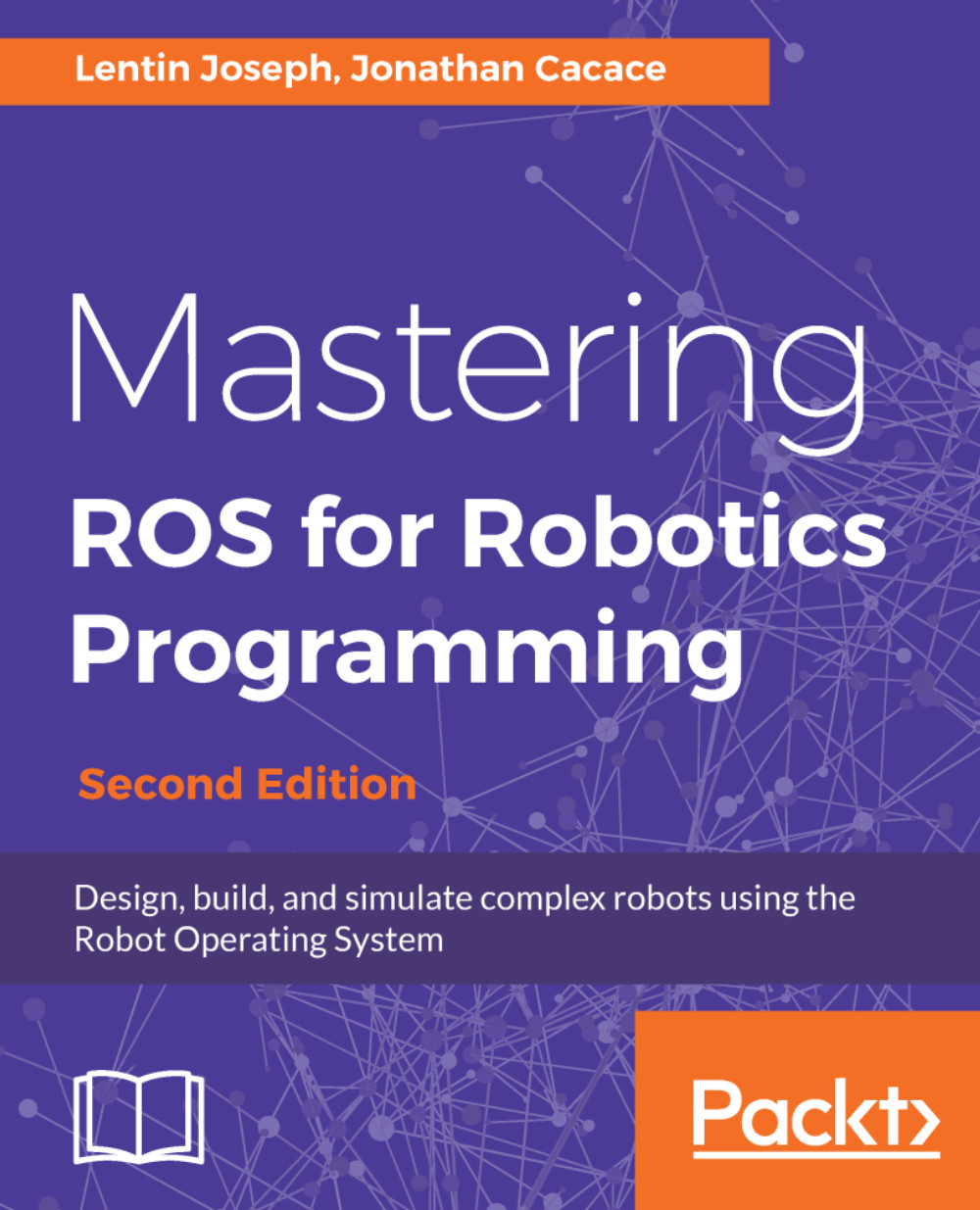Robot Operating System (ROS) is a flexible framework, providing various tools and libraries to write robotic software. It offers several powerful features to help developers in such tasks as message passing, distributing computing, code reusing, and implementation of state-of-the-art algorithms for robotic applications.
The ROS project was started in 2007, with the name Switchyard, by Morgan Quigley (http://wiki.osrfoundation.org/morgan), as part of the Stanford STAIR robot project. The main development of ROS happened at Willow Garage (https://www.willowgarage.com/).
The ROS community is growing very fast, and there are many users and developers worldwide. Most of the high-end robotics companies are now porting their software to ROS. This trend is also visible in industrial robotics, in which companies are switching from proprietary robotic applications to ROS.
The ROS industrial movement has gained momentum in the past few years, owing to the large amount of research done in that field. ROS Industrial can extend the advanced capabilities of ROS to manufacturing. The increasing applications of ROS can generate a lot of job opportunities in this field. So, after some years, a knowledge of ROS will be an essential requirement for a robotics engineer.
































































